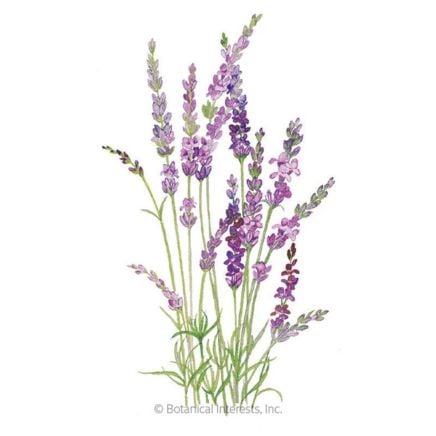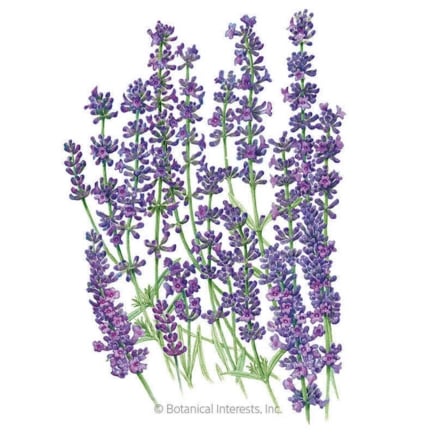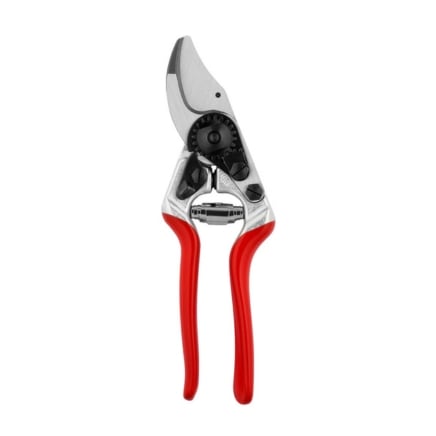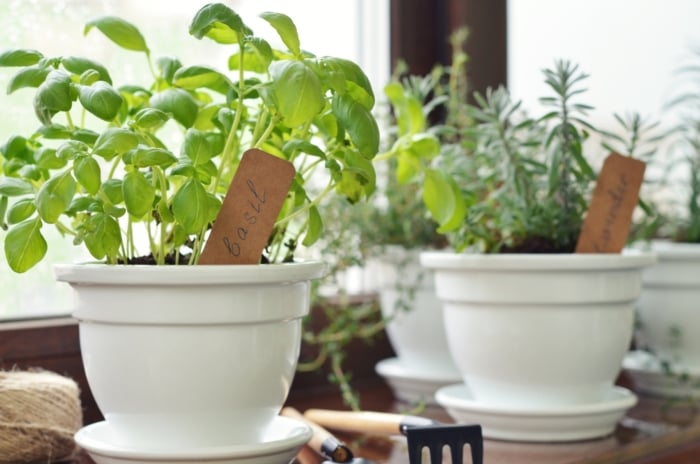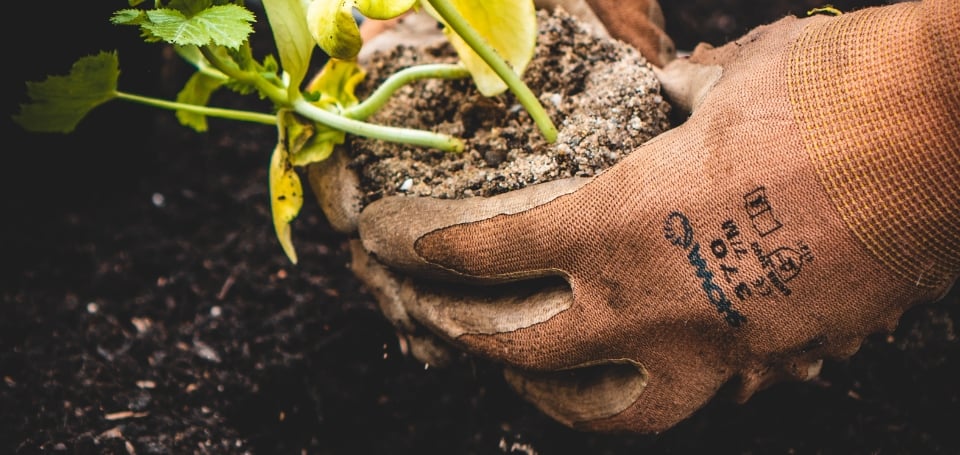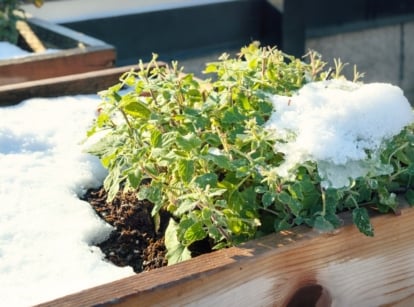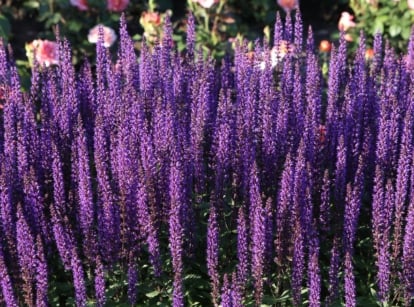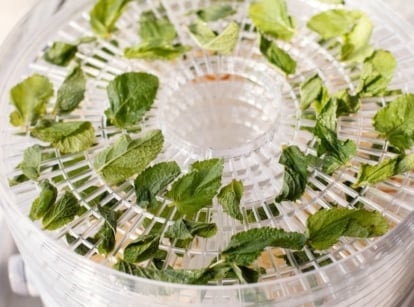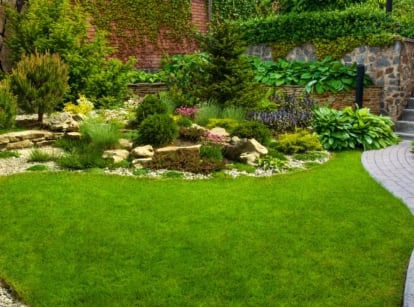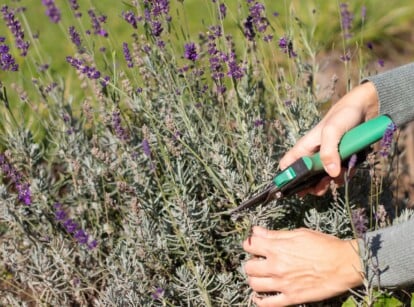Is My Lavender Dead or Dormant?: How to Tell
Lavenders adorn herb gardens with brilliant violet flowers and sweet aromas. In winter, the shrubs may look tired, gray, and dead! They dislike cold, wet, and cloudy conditions. Learn to tell if they’re dead or dormant alongside backyard gardener Jerad Bryant.

Contents
Dead lavenders are some of the worst sights to see as you peruse the garden in spring. You expect fresh, green growth and purple flowers but find gray leaves and brittle twigs. Though your lavender shrubs may look dead, there’s a high chance they could still be in a dormant phase.
Native to the Mediterranean, the Canary Islands, and Madeira, these plants prefer gritty, well-drained soil, plenty of sunlight, and warm temperatures. They dislike wet, cold climates and often perform as woody perennials, sprouting new growth low on the trunks each spring.
There are a few simple methods to see if your lavender shrubs are dying. Sometimes, waiting is the only answer! They’ll often surprise you with new growth later in spring. With some patience and a watchful eye, you’ll easily determine whether your lavender is dead or dormant.
4 Ways to Tell

Living shrubs have a few ways of telling you they’re okay during the winter. Let’s check their leaves, stems, and trunks to see whether they’re dormant.
Step 1: Check the Top Growth

Most gardeners prune their lavender in the spring and fall. Fall pruning is severe, with cuts ranging from one-half to two-thirds of the shrub. A hard pruning before winter encourages lush, healthy growth in spring.
Sometimes, severe winters cause the top growth to die, and new sprouts appear low on the plant at the start of the growing season. Check the lavender stems to see if they’re bendy and alive (dormant) or brittle and dead. Lifeless stems are brown under the bark and snap in half with little force.
The foliage will be more gray than green during the cool months. New spring shoots will look bright green against the winterized foliage. The leaves shouldn’t be withered, crispy, or black—if they have these symptoms, the stems are likely dying and will need pruning in the spring.
Step 2: Inspect the Base

Lavenders sprout new growth from low on their stems as winter fades into spring. You’ll notice little buds forming on the twiggy stems. This may happen simultaneously with growth at the stem tips or as a response to the tips dying in winter.
You may have to move some limbs aside to see the inner workings of the plant! Inspect low to the base of the shrub, and check the bottoms of the stems where they connect to the base. Unlike junipers and arborvitae, lavender can sprout new stems from woody parts.
No buds isn’t a death toll; it may mean your lavender is still dormant. Leave the stems in place until after the last frost date in your region. Fresh sprouts should appear as the weather warms and the days lengthen. If it’s well into spring and no new sprouts have appeared, your shrub may have died.
Step 3: Scratch the Wood

There’s another way to tell if your lavender is living. Underneath the bark lies the cambium layer, where the plant holds its vascular tissue for transporting nutrients and moisture. When the plant is alive, the cambium is green; it’s brown when the shrub is dying.
Using sharp pruners or long fingernails, scratch a small portion of the lavender’s lower trunk. You want to scratch through the bark and hit the cambium layer; avoid digging into the trunk and scratch only as deep as necessary.
If you spot green underneath the bark, your lavender is alive! It just needs time, warmth, or sunshine to wake up. Keep its soil well-drained and relatively dry until shoots appear.
Step 4: Wait for New Growth

Sometimes, the best thing to do is wait and see what happens. Lavenders can’t talk; otherwise, they’d tell us they’re still sleeping! Top growth dying doesn’t mean the plant is dead; it could mean stems will sprout from low on the trunk where it’s still alive.
Wait a few weeks after your last average frost date to see if the plants wake up. You can use your neighbors’ yards as guidelines. Are their lavenders growing or blooming? If theirs are and yours aren’t, yours are likely dying.
A dying shrub isn’t the end of the world, though, as there are ample ways to propagate a new one. Take cuttings from your healthy shrubs, or ask a neighbor for some softwood trimmings to propagate.
Revive a Dying Lavender

Most lavender plants die from cold temperatures, excessive moisture, or not enough sun during winter. Soggy soil and cold temperatures form a deadly weather combination for any lavender. The plants grow best in moist, well-drained soil without any stagnant water.
If you suspect yours is dying, you may be able to salvage it. It’s easy to help a potted specimen; move it to an area where snow or rain won’t fall on the plant, and let the soil dry before watering it again. If sunlight is the issue, move the specimen closer to the light.
In-ground plants are more challenging to treat. The best thing to do is to keep their soil moist, not soggy, and wait for growth to appear. Snip off stems in spring to encourage fresh growth; if no growth occurs, it’s best to dig out the dead plant and replace it.
Replace a Dead Lavender

Dig out the dead plant, or pull it up if it’s weak-rooted. You’ll leave behind a shallow hole; plant a new lavender inside or backfill the hole with soil so it’s even with the surrounding ground. You may also sow seeds, as lavender germinates readily under the right conditions.
When planting a new specimen, consider what it’ll need to thrive. These Mediterranean natives need warmth, free-draining soil, and plenty of direct sunlight. They’ll form shallow, weak roots in shady or soggy sites. With weak roots, they’ll be unable to resist frost, snow, or ice during winter.
A good way to prepare these shrubs for the cold season is to mulch around their bases. A mulch like compost or leaf mold protects, insulates, and feeds the ground. It creates the perfect home for tender roots to survive and thrive. When mulching, create a layer two to three inches thick and water it well.
Key Takeaways
- Many “dead” lavenders are dormant. Check them first before digging them up to see if they’re alive.
- When checking, look at the foliage, the stems, and the trunk’s cambium layer. If the cambium is green under the bark, the shrub is alive.
- Some plants wake up later than others; wait until after the final frost date to determine if yours is truly dead.
- When replacing a dead shrub with a new one, consider what it needs to thrive. Amend the site so the fresh specimen fares better than the old one.

